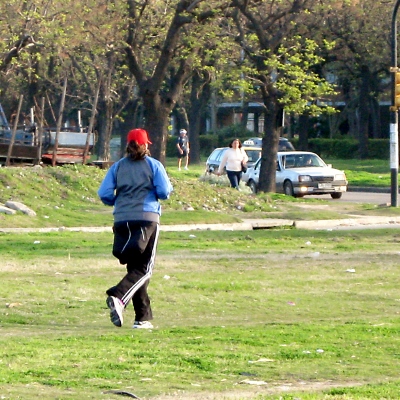 It’s June. Although in the East the weather has turned cool, later May was a scorcher in this area. The heat and beautiful weather bring out the children wherever you look. School bells ring signaling the end of the school day, and soon the school year, and these children are playing ball, swimming, running, biking and all sorts of fun activities. Where I live, in the last three weeks have already seen several deaths from drownings of young children. Several children and young adults have succumbed to bicycle accidents as they were sharing the road with automobiles. These events highlight the issues for this month.
It’s June. Although in the East the weather has turned cool, later May was a scorcher in this area. The heat and beautiful weather bring out the children wherever you look. School bells ring signaling the end of the school day, and soon the school year, and these children are playing ball, swimming, running, biking and all sorts of fun activities. Where I live, in the last three weeks have already seen several deaths from drownings of young children. Several children and young adults have succumbed to bicycle accidents as they were sharing the road with automobiles. These events highlight the issues for this month.
Healthy living requires proper eating, hydration, sleeping and exercise of your mind and body. When exercising your body you must always be aware of everything around you, including where your children are at all times.
Children love to explore their environment and area always looking into every nook, hole and space they can see.
According to the CDC website:
- From 2005-2009, there were an average of 3,533 fatal unintentional drownings (non-boating related) annually in the United States — about ten deaths per day. An additional 347 people died each year from drowning in boating-related incidents.
- About one in five people who die from drowning are children 14 and younger. For every child who dies from drowning, another five receive emergency department care for nonfatal submersion injuries.
- More than 50% of drowning victims treated in emergency departments (EDs) require hospitalization or transfer for further care (compared with a hospitalization rate of about 6% for all unintentional injuries). These nonfatal drowning injuries can cause severe brain damage that may result in long-term disabilities such as memory problems, learning disabilities, and permanent loss of basic functioning (e.g., permanent vegetative state).
- Males: Nearly 80% of people who die from drowning are male.
- Children: Children ages 1 to 4 have the highest drowning rates. In 2009, among children 1 to 4 years old who died from an unintentional injury, more than 30% died from drowning. Among children ages 1 to 4, most drownings occur in home swimming pools. Drowning is responsible for more deaths among children 1-4 than any other cause except congenital anomalies (birth defects). Among those 1-14, fatal drowning remains the second-leading cause of unintentional injury-related death behind motor vehicle crashes.
- Minorities: Between 2005 and 2009, the fatal unintentional drowning rate for African Americans was significantly higher than that of whites across all ages. The disparity is widest among children 5-14 years old. The fatal drowning rate of African American children ages 5 to 14 is almost three times that of white children in the same age range. The disparity is most pronounced in swimming pools; African American children 5-19 drown in swimming pools at rates 5.5 times higher than those of whites. This disparity is greatest among those 11-12 years where African Americans drown in swimming pools at rates 10 times those of whites. Factors such as access to swimming pools, the desire or lack of desire to learn how to swim, and choosing water-related recreational activities may contribute to the racial differences in drowning rates.
- Bicycle accidents are also a major source of injury for children.
Once again, according to the CDC website:
- Adolescents (15-24 years) and adults aged 45 years and older have the highest bicycle death rates.
- Children (5-14 years), adolescents, and young adults (15-24 years) have the highest rates of nonfatal bicycle-related injuries, accounting for almost 60% of all bicycle-related injuries seen in U.S. emergency departments.
- Males are much more likely to be killed or injured on bicycles than are females.3
- Most bicyclist deaths occur in urban areas and at non-intersection locations
- Effective interventions to reduce injuries and fatalities to bicyclists include the following:
- Bicycle helmets: Bicycle helmets reduce the risk of head and brain injuries in the event of a crash. All bicyclists, regardless of age, can help protect themselves by wearing properly fitted bicycle helmets every time they ride.
- Bicycle helmet laws for children: These laws are effective for increasing helmet use and reducing crash-related injuries and deaths among children.
- These are some of the most common form of serious injury in children. Other causes such as motor vehicle accidents, head trauma during sports and numerous lacerations, contusions, fractures and poisoning are also common.
Despite all of these this is a wonderful time of year to enjoy. Please do so, but be careful and watch your children carefully.
For more information visit the CDC website yourselves at WWW.CDC.GOV.





